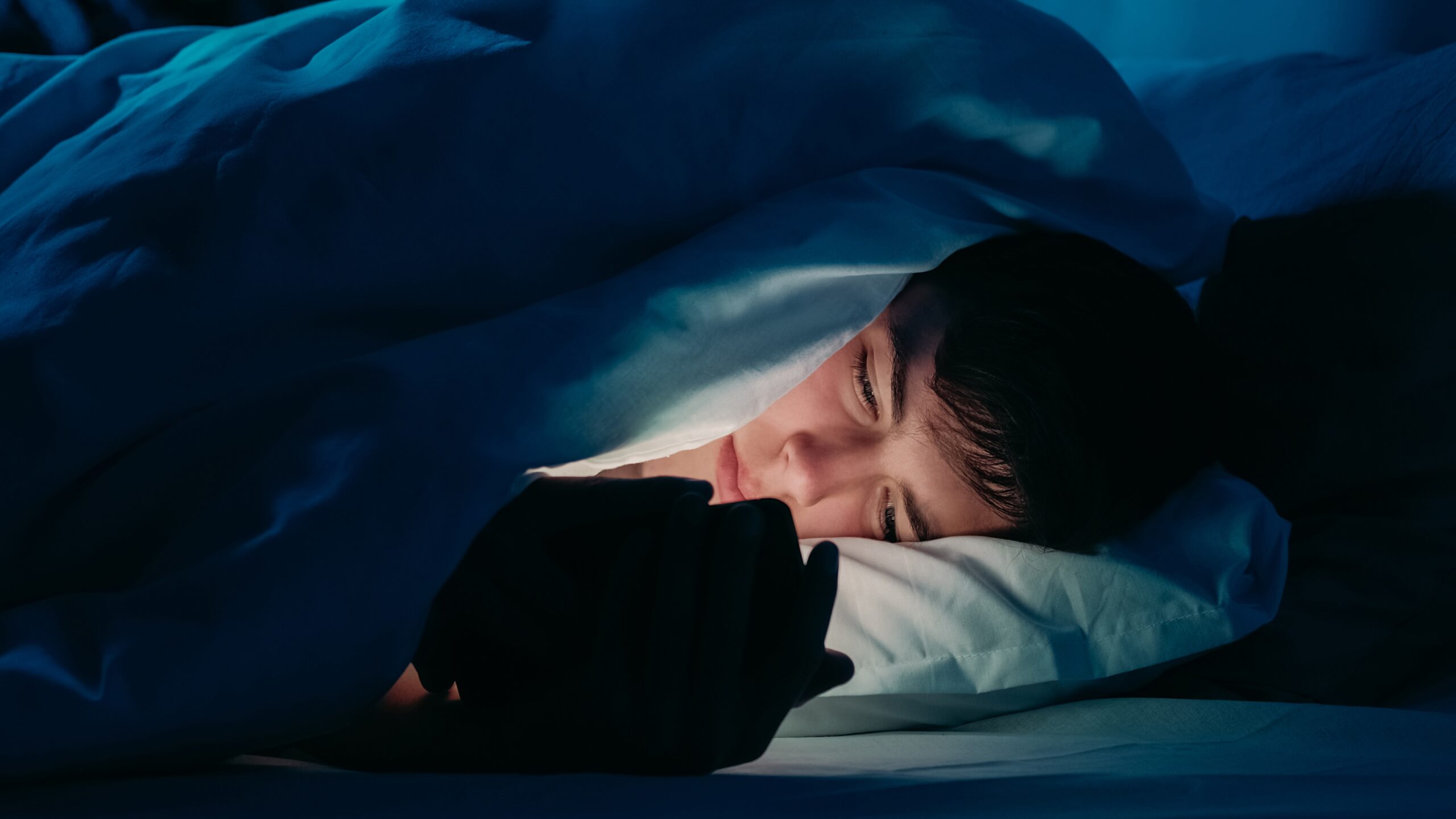Table of Contents

Gradually dimming your lights in the evening could be the missing key to unlocking deeper, more restorative sleep that evades nearly half of Americans due to improper light exposure.
At a Glance
- Light exposure, especially blue light from electronic devices, significantly suppresses melatonin production and disrupts sleep quality
- The circadian rhythm is most sensitive to light one hour after waking and two hours before bedtime
- Nearly half of Americans lack exposure to bright light during daytime hours, while getting too much artificial light at night
- Even dim light during sleep increases heart rate and insulin resistance, potentially harming long-term health
- Gradually reducing light exposure in the evening helps signal to your body that it's time for sleep
The Powerful Impact of Light on Sleep
Our bodies evolved with the natural rhythm of daylight and darkness, a pattern that modern life has dramatically altered. Artificial lighting keeps our environments bright long after sunset, confusing our internal clock. As researchers have discovered, light isn't just about helping us see—it's the most influential external factor affecting our sleep patterns. Light exposure directly impacts our circadian rhythm, the internal 24-hour clock that regulates when we feel alert or sleepy, affecting everything from hormone release to body temperature.
"Light is the most important external factor affecting sleep," according to sleep experts at the Sleep Foundation. This relationship is particularly pronounced in the evening hours, when artificial lighting can trick our bodies into thinking it's still daytime. The stark transition from bright artificial light to darkness can make falling asleep difficult, as our bodies haven't received the gradual cues they need to prepare for rest.
Why Timing Matters for Light Exposure
Not all hours of the day are equal when it comes to light sensitivity. "The circadian rhythm is most sensitive to light one hour after waking and two hours before bedtime," notes the National Sleep Foundation. Morning light exposure helps set your internal clock, promoting alertness and energy throughout the day. Conversely, evening light exposure, particularly from blue-wavelength sources like smartphones and computers, can delay sleep onset by up to several hours. This delay can create a cascade of sleep problems, including difficulty falling asleep and morning grogginess.
This imbalance—too little bright light during the day and too much light at night—throws off our natural rhythm. When our circadian rhythms become misaligned, we may experience insomnia, daytime fatigue, mood disturbances, and even long-term health complications. Getting proper light exposure during the day actually helps reduce the negative impact of evening light, making it easier to fall asleep despite some light exposure before bed.
How Melatonin Production is Affected
The relationship between light and sleep centers around melatonin, the hormone that signals to your body that it's time to sleep. As darkness falls, your pineal gland naturally begins producing melatonin, creating the drowsiness that helps you fall asleep. However, light exposure—particularly blue light—suppresses this process. "Drowsiness increases with rising melatonin levels, which is one way that this hormone facilitates sleep," explains the Sleep Foundation.
Even dim light can disrupt this delicate process. Research has found that sleeping with ambient light—whether from street lamps filtering through curtains or a night light—increases heart rate during sleep and can lead to insulin resistance the following morning. For optimal sleep, experts recommend gradually dimming lights throughout your home as evening progresses, eventually sleeping in complete darkness when possible.
Practical Steps for Better Sleep Through Light Management
Improving your relationship with light doesn't require drastic lifestyle changes. Start by increasing your morning light exposure—open curtains immediately upon waking or spend 15-30 minutes outside. During the day, position yourself near windows when possible and take short outdoor breaks. In the evening, begin dimming lights 2-3 hours before bedtime, switching to warmer, yellower lighting sources rather than overhead bright lights. Install dimmer switches where possible, or use table lamps with lower wattage bulbs instead of ceiling fixtures.
For electronic devices, enable night mode features that reduce blue light, or consider wearing blue-light blocking glasses in the evening. Some people find wearing sunglasses for 1-2 hours before bed helps create a more gradual transition to darkness. Finally, keep your bedroom as dark as possible during sleep—use blackout curtains, remove electronic devices with status lights, and consider a sleep mask if needed. These small adjustments can yield significant improvements in both sleep quality and overall health.
AD
Most Recent
AD
